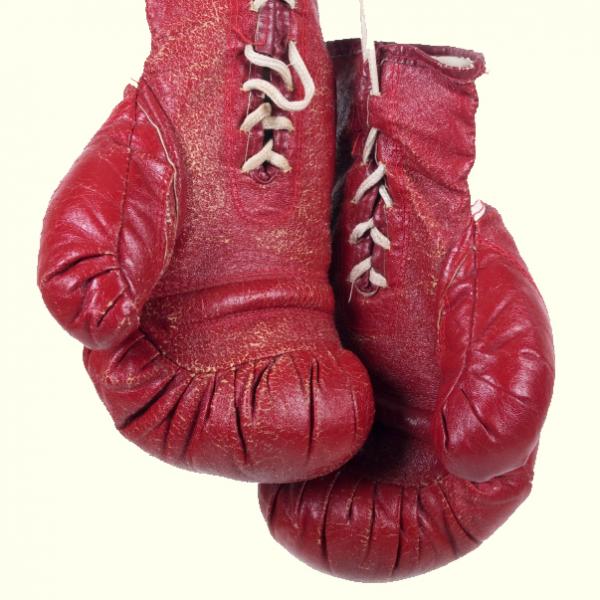Boxing packs a lot of punches...and injuries, too
By
July 18, 2012

With punches flying in the boxing ring, it’s almost inevitable that every match ends with some type of injury. (On the top on the list? Cuts and bruises.)
Our ATI Injury Analyst is Boxing Specialist Lynette Carlson, who works with the ladies of Knockout Women’s Boxing Club in Westmont, IL. Here’s what she has to say about common boxing injuries, prevention, and rehabilitation…
What types of injuries and treatments are common…
- Shoulder Injuries: The repetitive punches that a boxer throws, along with the rounded shoulder boxing stance, can lead to injuries of the shoulder involving muscles, ligaments and tendons. These can be caused by impingement from excessive rubbing of the rotator cuff muscles against the top of the shoulder blade.
- Hand Injuries: Improper hand and wrist alignment during punching can cause what is commonly known as a “Boxer’s Fracture.” Although perfect technique should decrease injury, sometimes the force generated with a punch is more than the hand is meant to withstand. This fracture is a break of the 4th or 5th metacarpal bone (pinky side of your hand). Finger injuries are also a common injury, usually caused when a punch lands wrong.
- Concussion: This injury occurs due to an impact to the head or body, shaking the brain within the skull and causing the brain to act abnormally. Signs and symptoms vary, but may include headache, dizziness, nausea, slow reaction time, and confusion. One does not need to be ‘knocked out’ to have a concussion. When a boxer experiences these signs or symptoms, a doctor trained in treating concussions should be consulted, and returning to boxing should be facilitated by a trained healthcare professional. The treatment for concussions is physical and mental rest.
Prevention and Rehabilitation
- Don’t ignore the pain! Playing through an injury and treating it as second nature to your sport can lead to further degeneration of the injured tissues and decrease performance.
- Stretching and strength training: Because boxers are always punching forwards, strengthening the opposite back muscles will improve power and help prevent shoulder injuries. Also, boxers typically have tight pec and upper trap muscles. Spend time stretching the pec and upper trap muscles to decrease muscle spasms and trigger points. Consult a physician, physical therapist or certified athletic trainer for exercises and proper techniques.
- Wear protective gear: To prevent hand and wrist injuries, always protect your hands with properly applied wraps, gloves, and/or tape. Also, ask a trained professional to critique your punches to ensure proper form.
- Be well conditioned: Fatigue and injury have a strong relationship and a well-conditioned boxer is less likely to suffer an injury.
- Ice & Rest! Ice decreases inflammation and soreness after a workout, thus preventing further injury. Rest is the number one recover tool for healing.
- Consult a professional about technique: Well trained boxers with proper techniques are less likely to get injured.
- When in doubt, have it checked out! ATI Physical Therapy offers FREE injury screenings in all of our clinics. Call today to schedule your appointment!
